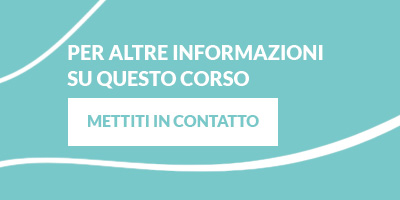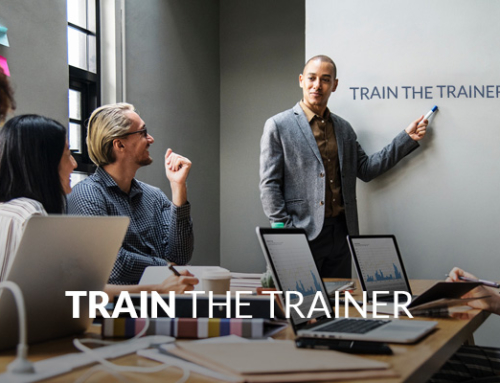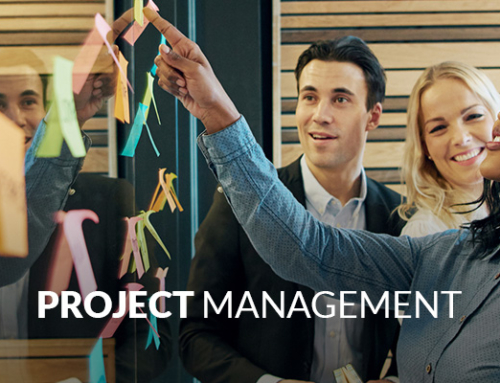
Identifying the right potential
Assessment Center
CONTENTS
- Defining an assessment: Objectives, a brief history and content
- Performance vs. Potential
- Assessment process: Planning, delivery, interpretation and finalisation
- What competencies do they possess and how do we observe them?
- Behaviour as a factor that allows skills to be measured and monitored
- Causal flow model for skills: intentions, actions, outcomes
- Three behaviours make one competence
- Structure and timetable for the assessment: pre-assessment online
- Revelatory tools and their features: Personality tests (e.g. OPQ32), English-language tests, aptitude tests (numerical, logic, verbal reasoning), psychological and situational tests, dynamics in a group both where roles are assigned and in a group where they are not, dynamics in a group with and without context, self–presentation, self-perception questionnaire
- Assessor’s role: how and what to observe
- Writing up a personal profile
- The subsequent assessment interview: opportunities for development, potential risks and how to overcome them
OBJECTIVES
- Acquire and learn to use the ability to assess a candidate’s competences, aptitude and potential
- Map an individual’s abilities
- Identify (according to objective skills-related criteria): suitability for the role, range of activities the role covers, potential for growth, how well they can be integrated into the company’s existing structure and its values system










